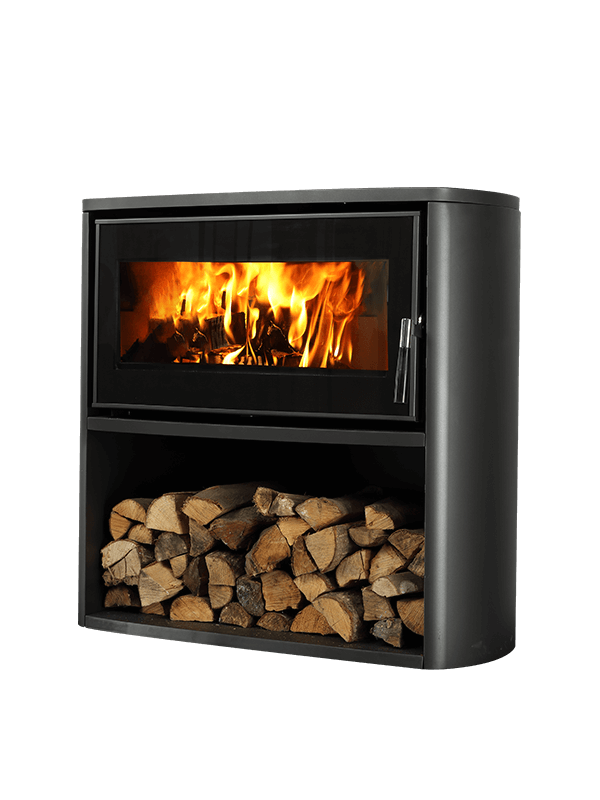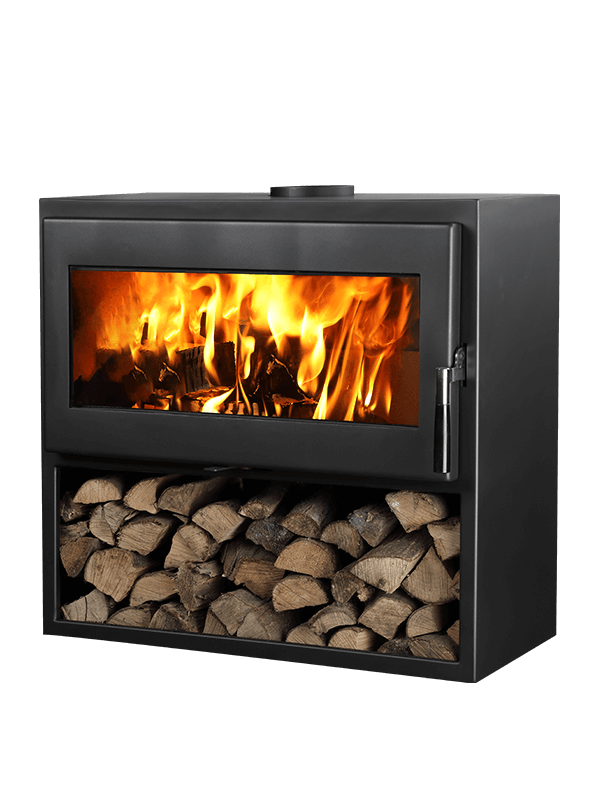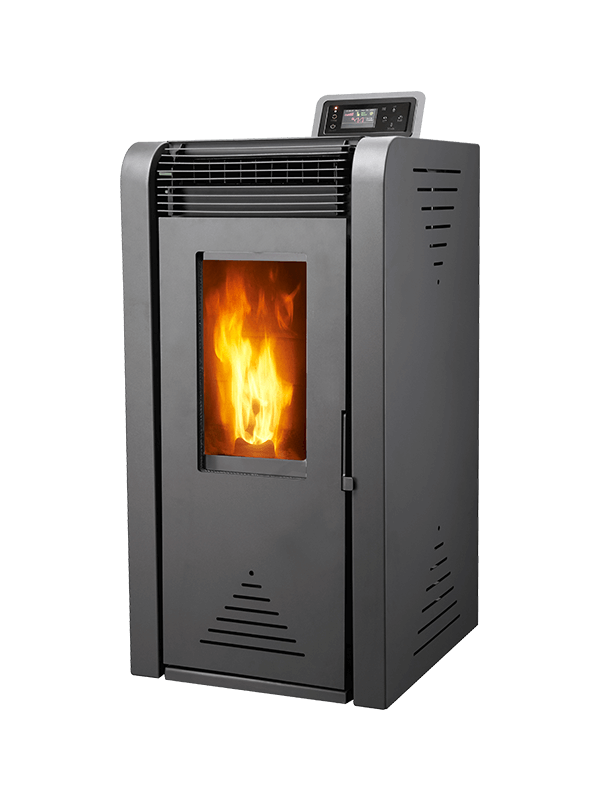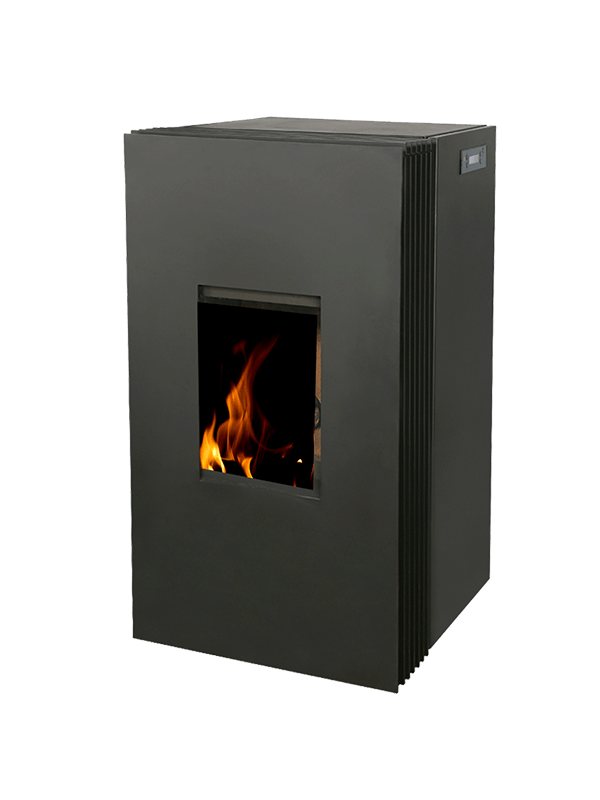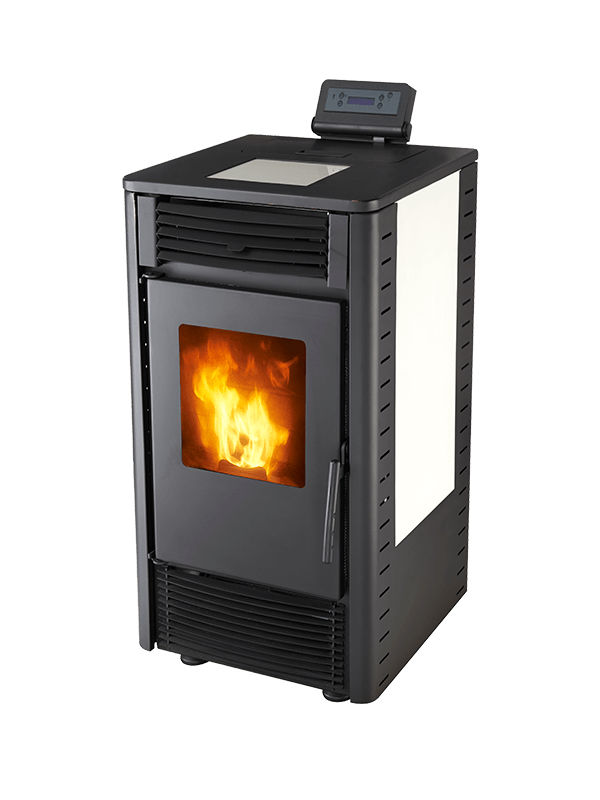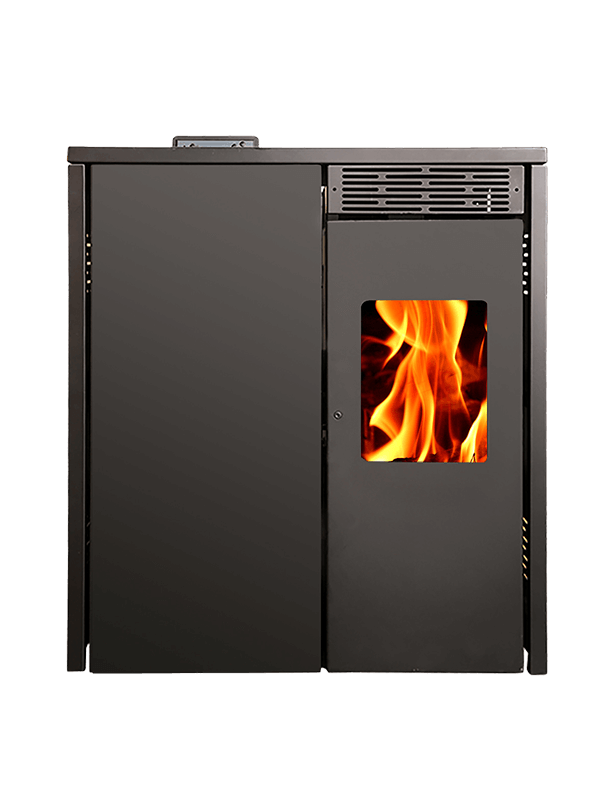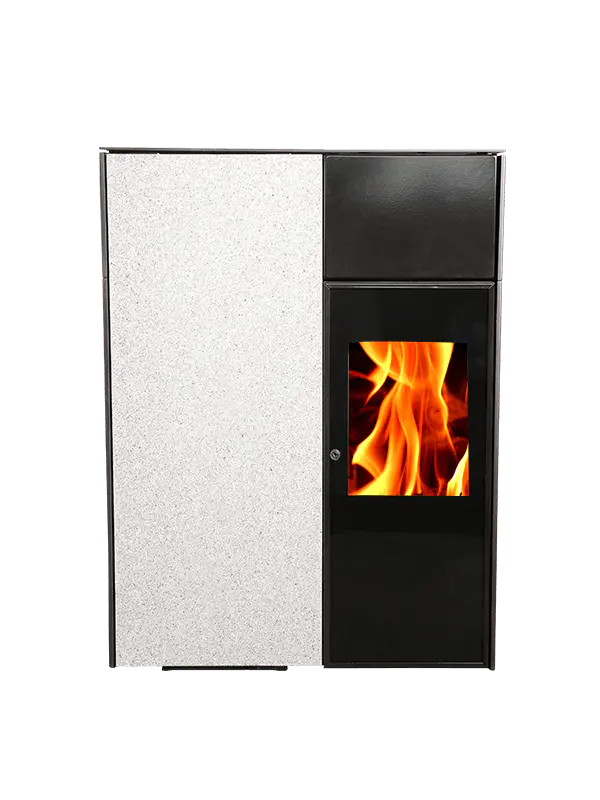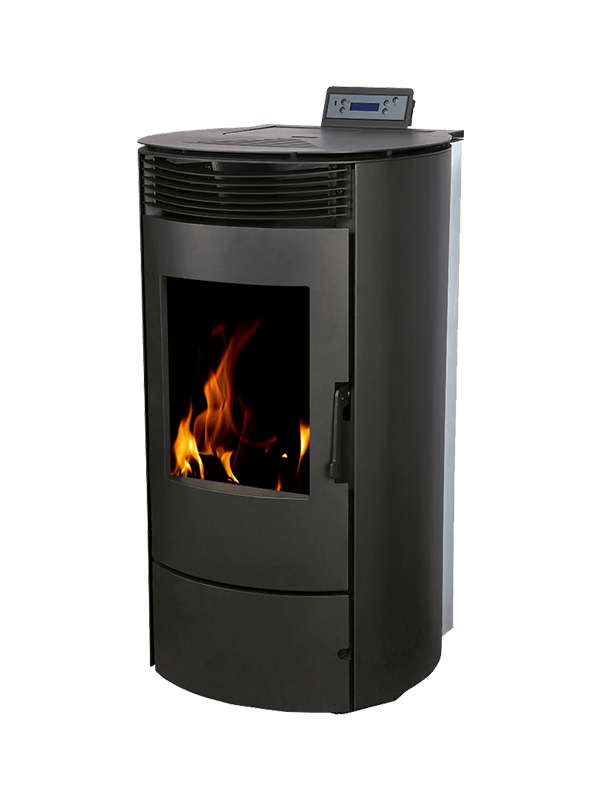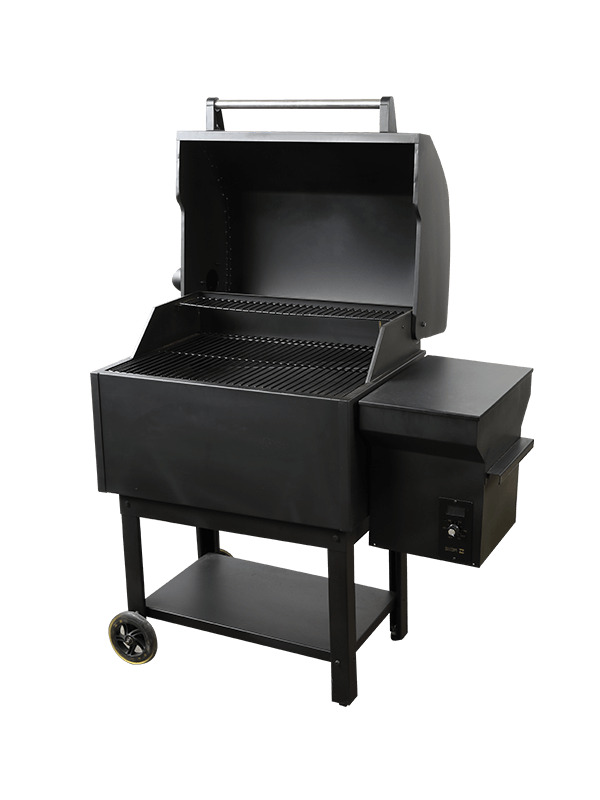When it comes to choosing the perfect wood burning stove, you have plenty of options to consider. You can look for a traditional wood stove or a modern stove with advanced technology. When you're looking for a wood stove, you'll want to look for one that meets EPA standards. Thankfully, you can find a great choice at a budget-friendly price.
Wood burning stoves work by using a constant flow of air to create combustion. Fresh air is drawn into the stove through adjustable dampers, which helps the wood inside burn. Without oxygen, combustion wouldn't be possible. Exhaust gases then escape the building through a chimney. Modern wood stoves feature a fire-brick lining to keep the stove's body from overheating. In addition, they are equipped with baffles to help slow the flow of gases out of the stove through the chimney.
A wood-burning stove should also meet EPA emission standards. In the United States, the EPA first issued emission standards for wood-burning stoves in 1988. The last updates were in 2015, which made the standards outdated. However, the EPA has a new rule requiring stricter emissions guidelines starting in 2020. The current guidelines are set to limit wood-burning stoves to 2.5 grams of particle pollution per hour.
A wood-burning stove is a great way to supplement your home heating. Not only will a wood fire keep you warm, it will also cut down on your overall heating costs. Increasingly, consumers are turning to traditional heating methods for their homes. Fortunately, more types of wood-burning stoves are available.
When it comes to maintenance, a wood stove needs to be cleaned regularly. Ashes should never be allowed to accumulate for more than a couple of inches. Moreover, the ash should be disposed of properly. In addition to cleaning the stove, owners should also check their chimney or stovepipe periodically.
While a wood-burning stove can be a great source of heat, they can also pose health risks. In addition to the risks of respiratory illnesses, the fumes produced by wood-burning stoves can cause shortness of breath and emphysema. Furthermore, they can cause chimney fires if improperly installed.
New wood-burning stove models have improved combustion technology. These models emit only a few grams of smoke per hour and require far less firewood than older models. Newer stoves have EPA certification and are much more efficient. They also burn less wood and produce less ash. This is important to keep in mind when purchasing a new wood burning stove.
However, when it comes to wood-burning stoves, you should remember that they can cause health issues for the owners. Children, pregnant women, and elderly people are at the greatest risk. In addition to causing respiratory diseases, wood burning stoves can also emit toxic metals.
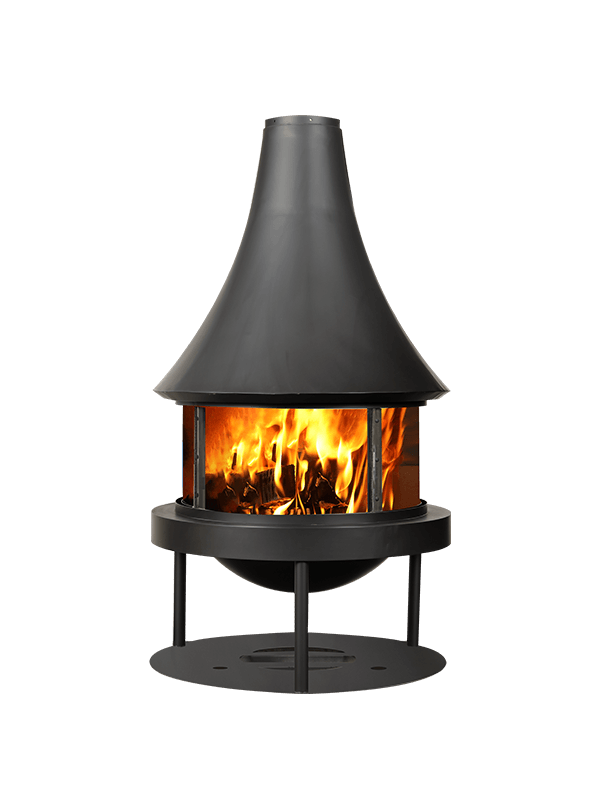
| Norminal thermal output |
10kw |
| Material |
Carbon steel
Ceramic Glass ( NEG or Schott brand)
High Temperature Reistant Paint( Forrest brand) |
| Heigh*Width*Depth |
2868mm*500mm*800mm |
| Net weight |
132KGS |
| Draft Type |
Primary Air Inlet |
| Flue Pipe Material |
Carbon Steel |
| Room heating capacity |
100-280 m³ |
| Color |
Black |
| Flue pipe outlet diameter |
φ180mm |
High quality cast iron raw materials, precision parts processing, and subsequent complex processing make the product rich in texture and beauty.
The independent ash collection device has brought great convenience to the use of the product. It can install the vertical smoke pipe, but also appears the atmosphere is simple. After many tests, it will bring better user experience.




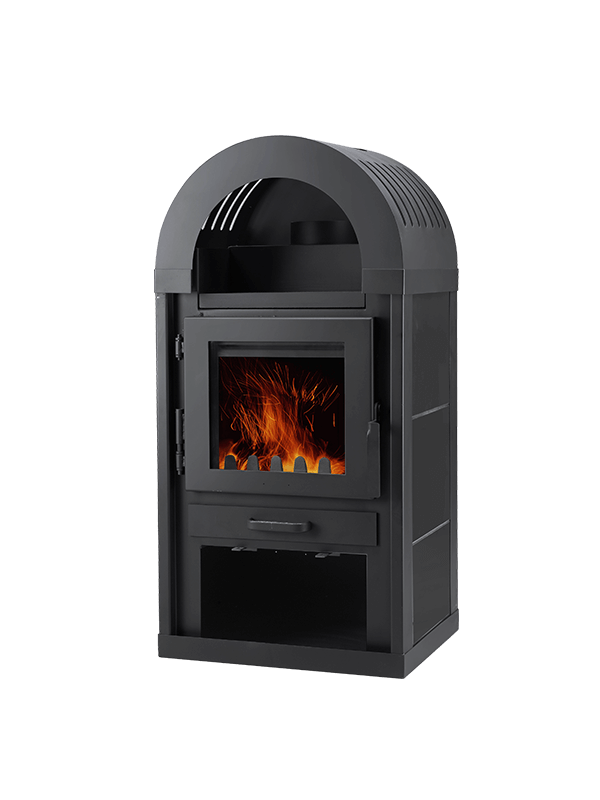
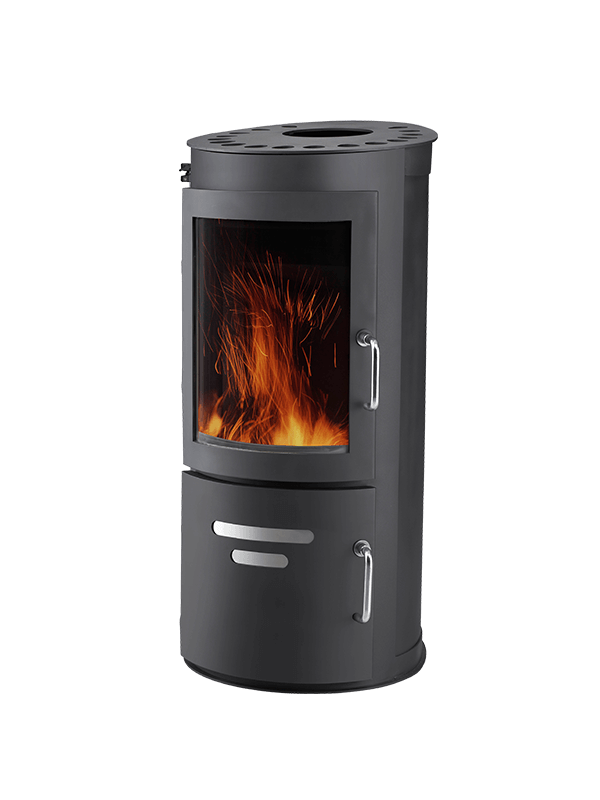
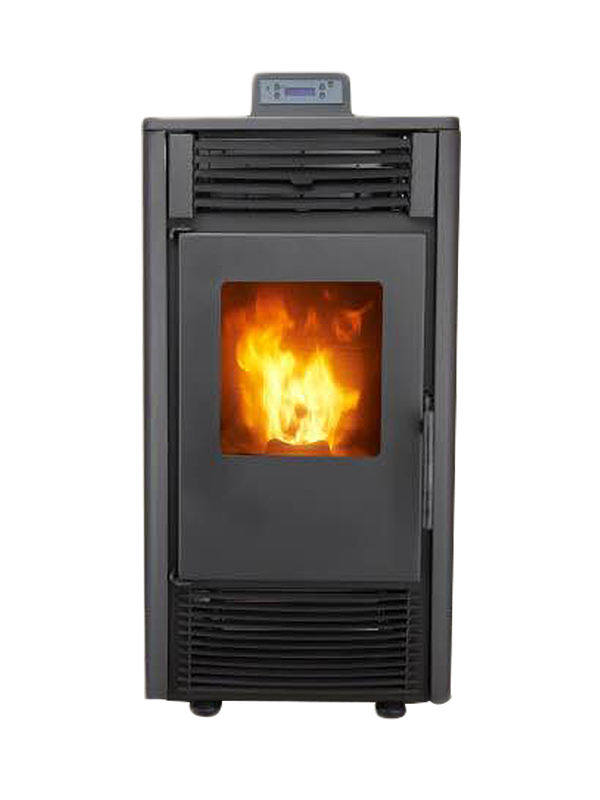
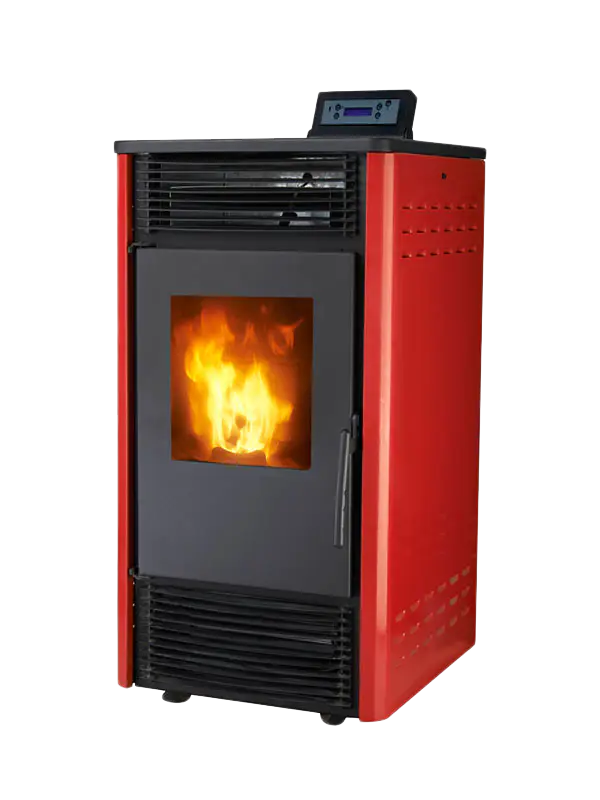
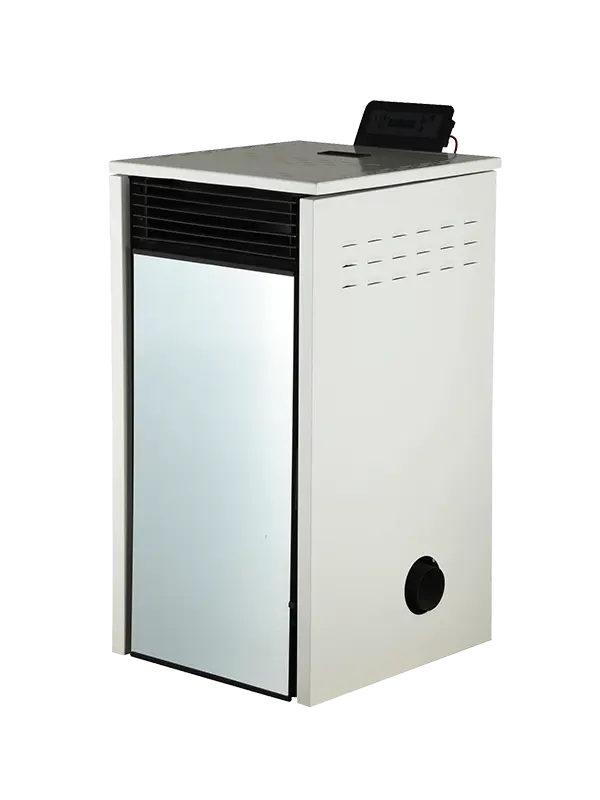
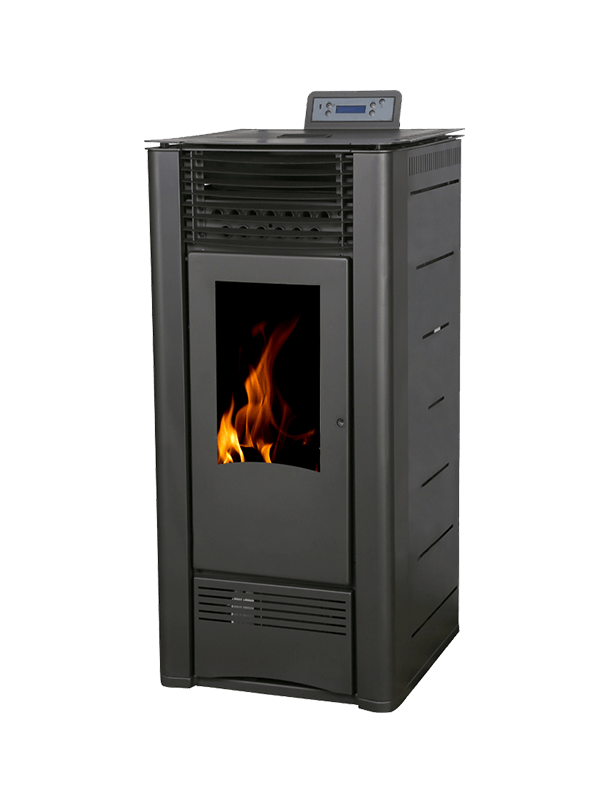
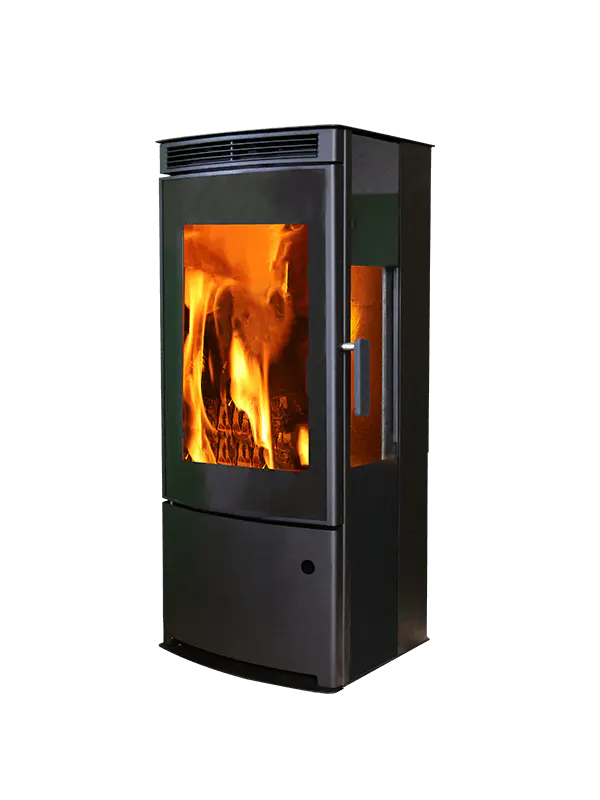
-.png)
